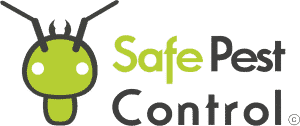Factory Pest Control
Receive 10% off Pest Control Services
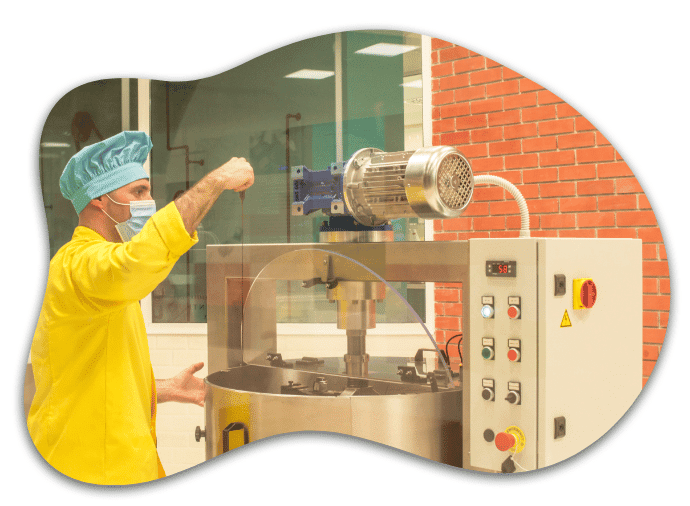
Leading Industrial Pest Control solutions In Sydney
Explore effective factory pest control solutions tailored for industrial settings. Discover integrated strategies to prevent infestations, ensure regulatory compliance, and maintain a safe, pest-free environment for your facility. Learn from experts about the latest in pest management technologies and best practices customized for factories. Keep your production line safe and efficient with our comprehensive pest control guides and tips
On-Time Service

5 STAR SERVICE BASED ON 100+ GOOGLE REVIEWS
PET & FAMILY FRIENDLY TREATMENT

ALL YEAR-ROUND PROTECTION
Take Back Control Now

Highly Trained

Proof of Location

Compliance

Proof of work
Pest Control for Factory and Warehouse: Tips and Strategies
Pest control is a crucial aspect of maintaining a safe and hygienic environment in factories and warehouses. These facilities are often home to a variety of pests, including rodents, insects, and birds, that can cause damage to products and equipment, contaminate food and other items, and pose a threat to the health and safety of employees. As such, it is essential that businesses take proactive measures to prevent and control pest infestations.
Effective pest control in factories and warehouses involves a combination of preventative measures and targeted treatments. This may include sealing up entry points to prevent pests from entering the building, implementing strict sanitation procedures to eliminate potential food sources, and using traps, baits, and other pest control products to target specific pests. It is also important to work with a licensed and experienced commercial pest control professional who can provide expert advice and customized solutions based on the unique needs of the facility.
Ultimately, investing in pest control is an investment in the health and safety of employees, the quality of products, and the reputation of the business. By taking proactive steps to prevent and control pest infestations, factories and warehouses can ensure a clean and hygienic environment that is conducive to productivity and success.
Understanding Pest Control in Industrial Settings
The Importance of Pest Management in Factories and Warehouses
Pest management is a critical aspect of maintaining a healthy and safe environment in industrial facilities such as factories and warehouses. Pests can cause significant damage to property, products, and reputation, as well as pose health and safety risks to employees and customers. Therefore, it is essential to have a comprehensive pest control plan in place to prevent infestations and ensure compliance with health and safety regulations.
Effective pest management in industrial settings involves a proactive approach that includes regular inspections, monitoring, and preventive measures. It is also important to choose the right pest control plan that is tailored to the specific needs of the facility. A good pest control plan should consider factors such as the type of products stored, the layout of the facility, and the surrounding environment.
Common Pests in Industrial Facilities
Industrial facilities are susceptible to various types of pests, including rodents, insects, and birds. Rodents such as rats and mice are common in warehouses and factories, where they can cause significant damage to products and property. They also pose health risks by contaminating food and surfaces with their droppings and urine.
Insects such as cockroaches, ants, and flies are also common in industrial settings, particularly in areas where food is stored or processed. They can contaminate products and surfaces and spread diseases. Birds such as pigeons and sparrows can also be a problem, as they can damage property and create health and safety hazards with their droppings.
To effectively control pests in industrial facilities, it is important to understand their behavior and biology. This knowledge can help in developing preventive measures that target the specific pests and their habitats. For example, sealing cracks and crevices can prevent rodents from entering the facility, while proper sanitation practices can reduce the attractiveness of the environment to insects.
Pest control is a critical aspect of maintaining a safe and healthy environment in industrial facilities such as factories and warehouses. By understanding the importance of pest management and the common pests found in these settings, facility managers can develop effective pest control plans that ensure compliance with health and safety regulations and protect the quality of their products.
Assessing the Warehouse and Factory Environment
To effectively control pests in a warehouse or factory, it is important to start with a thorough assessment of the environment. This assessment should identify common entry points for pests and signs of pest infestation that may be present.
Identifying Common Entry Points for Pests
Pests can enter a warehouse or factory through a variety of entry points. These entry points can include cracks in walls or floors, gaps around doors and windows, and ventilation systems. It is important to identify these entry points and seal them off to prevent pests from entering the building.
Regular inspections of the building can help to identify any new entry points that may have developed over time. Inspections should be conducted by a trained pest control professional who can identify potential entry points and recommend appropriate measures to prevent pests from entering the building.
Signs of Pest Infestation to Look Out For
In addition to identifying entry points, it is important to look out for signs of pest infestation. These signs can include droppings, damage to stored products, and visible pests such as rodents or insects.
If signs of infestation are identified, it is important to take action immediately to prevent the infestation from spreading. This may include removing infested products, sealing off entry points, and implementing pest control measures such as baiting or trapping.
Regular inspections of the building can help to identify signs of infestation before they become a major problem. These inspections should be conducted by a trained pest control professional who can identify signs of infestation and recommend appropriate measures to control the pests.
Overall, a thorough assessment of the warehouse or factory environment is critical to effective pest control. By identifying entry points and signs of infestation, appropriate measures can be taken to prevent pests from entering the building and to control any infestations that may be present.
Strategic Pest Control Measures
Integrated Pest Management (IPM) Approaches
Integrated Pest Management (IPM) is a comprehensive approach to pest control that involves the use of multiple control methods. IPM approaches include preventive measures, sanitation, exclusion, and chemical control. By combining these methods, IPM aims to reduce the reliance on pesticides and minimize the impact on the environment.
Preventive measures are an essential part of IPM. These measures aim to prevent pests from entering the facility and include sealing cracks and gaps, installing screens and doors, and maintaining proper sanitation. By preventing pests from entering the facility, the need for chemical control methods is reduced.
Sanitation is another critical component of IPM. Proper sanitation practices help to reduce the availability of food, water, and shelter for pests. This makes the facility less attractive to pests and reduces the likelihood of an infestation.
Exclusion is the process of preventing pests from entering the facility. This can be achieved by sealing cracks and gaps, installing screens and doors, and using air curtains. Exclusion is an important part of IPM, as it prevents pests from entering the facility in the first place.
Chemical control is the use of pesticides to control pests. While chemical control is an effective method of pest control, it should only be used as a last resort. This is because pesticides can have negative impacts on the environment and human health. When using chemical control methods, it is important to follow all safety precautions and use the appropriate protective equipment.
Chemical and Non-Chemical Control Methods
Chemical control methods include the use of pesticides, baits, and traps. Pesticides are chemicals that are designed to kill pests. Baits are used to attract pests and contain a poison that will kill them. Traps are used to capture pests, and they can be either lethal or non-lethal.
Non-chemical control methods include the use of physical barriers, such as screens and doors, and the use of biological control methods, such as the use of natural predators. Physical barriers are effective at preventing pests from entering the facility, while biological control methods can be used to control pests without the use of pesticides.
When choosing a pest control method, it is important to consider the impact on the environment and human health. Chemical control methods should be used as a last resort, and only when other methods have failed. Non-chemical control methods should be used whenever possible to minimize the impact on the environment and human health.
In conclusion, a comprehensive approach to pest control is essential for maintaining a pest-free facility. By using a combination of preventive measures, sanitation, exclusion, and chemical and non-chemical control methods, it is possible to control pests effectively while minimizing the impact on the environment and human health.
Implementing a Pest Management Program
Developing a customized treatment plan is the first step in implementing a successful pest management program in a warehouse or factory. The treatment plan should be tailored to the specific needs of the facility and take into account the types of pests that are most likely to be present. Pest control services can help develop a treatment plan that is effective and safe for the workers and the environment.
Regular inspections and risk assessments are also critical components of a pest management program. Inspections should be conducted on a routine basis to identify potential pest problems and to ensure that the facility is in compliance with all relevant regulations and guidelines. Risk assessments can help identify areas of the facility that are most vulnerable to pest infestations and can help prioritize pest control efforts.
In addition to developing a treatment plan and conducting regular inspections, it is important to establish a pest management team that is responsible for overseeing the program. This team should be trained in pest identification, prevention, and control, and should be empowered to take action when necessary to address pest problems.
Effective pest management requires a proactive approach that includes regular inspections, risk assessments, and the development of a customized treatment plan. By working with pest control services and establishing a dedicated pest management team, warehouses and factories can ensure that their facilities remain pest-free and in compliance with all relevant regulations and guidelines.
Preventative Measures and Best Practices
When it comes to pest control in factories and warehouses, prevention is key. By implementing preventative measures and best practices, businesses can reduce the risk of pests entering their facilities and causing damage to their products and reputation.
Sanitation and Maintenance for a Pest-Free Environment
One of the most effective ways to prevent pests from entering a warehouse is to maintain a clean and sanitary environment. Regular cleaning and sanitation of work surfaces, floors, and equipment can help eliminate potential food and water sources for pests. It is important to dispose of waste and debris properly and to keep trash bins tightly sealed. By keeping the facility free of clutter and debris, pests will have fewer places to hide and breed.
In addition to regular cleaning, it is important to perform routine maintenance on the facility. This includes repairing any cracks or holes in walls, floors, or ceilings that could serve as entry points for pests. Doors and windows should also be properly sealed to prevent pests from entering.
Employee Training and Compliance with Standards
Preventative measures and best practices are only effective if employees are trained and comply with established standards. All employees should be trained on proper sanitation procedures and pest prevention techniques. They should be encouraged to report any signs of pests immediately to management.
It is important to establish and enforce standards for cleanliness and pest prevention. This includes regular inspections of the facility and equipment to ensure compliance with established standards. By making pest prevention a priority and involving all employees in the effort, businesses can create a culture of cleanliness and prevent pest problems before they occur.
Professional Pest Control Services and Support
Choosing the Right Pest Control Provider
When it comes to pest control for factories and warehouses, it’s important to choose the right provider. A professional pest control company should have a proven track record in the industry, with experience in providing effective pest control services to customers in a range of industries. They should also offer a range of pest control services, including preventative treatments, rodent and pest solutions, and ongoing support.
It’s important to choose a pest control provider that offers a free quote, so you can get an idea of the cost of their services before committing. Look for a company that is accredited and has a guarantee on their services, so you can have peace of mind that they will provide effective pest control solutions.
Benefits of Ongoing Professional Support
Ongoing professional support is essential for effective pest control in factories and warehouses. A professional pest control company should offer highly trained technicians who can provide ongoing support and advice on how to prevent pests from returning. They should also offer regular inspections and treatments to ensure that your factory or warehouse remains pest-free.
Choosing a professional pest control provider can provide many benefits, including:
- Peace of mind that your factory or warehouse is free from pests
- Highly trained technicians who can provide expert advice and support
- Regular inspections and treatments to ensure ongoing pest control
- Accreditation and guarantees on services provided
Overall, choosing the right pest control provider is essential for effective pest control in factories and warehouses. Look for a provider that offers a range of pest control services, free quotes, accreditation, and ongoing support to ensure that your factory or warehouse remains pest-free.
Regulatory Compliance and Industry Standards
Adhering to Health and Safety Regulations
Pest control is an essential aspect of maintaining a safe and healthy working environment in factories and warehouses. To ensure compliance with health and safety regulations, it is important to implement a comprehensive pest management program that adheres to the guidelines set by local and national regulatory authorities.
For example, in Australia, the Food Standards Australia New Zealand (FSANZ) provides guidance for controlling pests in food businesses. This includes measures such as keeping uncovered food away from pest control devices, providing and maintaining mesh screens on windows and doors, and installing self-closing doors or air curtains at door entries.
In addition, it is important to regularly inspect and monitor the premises for signs of pest activity, and to take appropriate action to prevent and control infestations. This may include using non-toxic pest control methods such as trapping, exclusion, and sanitation, or using pesticides in accordance with regulatory requirements.
Certifications and Accreditation for Pest Control
To ensure that pest control services are provided to a high standard, it is important to work with certified and accredited pest control professionals. This can help to ensure that the pest management program is effective, safe, and compliant with industry standards and regulations.
One example of a certification program is the International Organization for Standardization (ISO) 14001, which provides a framework for environmental management systems. This can be particularly relevant for pest control in factories and warehouses, as it can help to ensure that pest management practices are environmentally sustainable.
Another example is the PestCert certification program, which is offered by the Australian Environmental Pest Managers Association (AEPMA). This program provides accreditation for pest management professionals who demonstrate a high level of knowledge, skills, and ethical standards in their work.
By working with certified and accredited pest control professionals, factories and warehouses can be confident that their pest management program is effective, safe, and compliant with industry standards and regulations.
Conclusion
In conclusion, pest control is an essential aspect of maintaining a safe and healthy environment in factories and warehouses. Effective pest management requires a multi-faceted approach that includes regular inspections, proper sanitation, and the use of appropriate pest control measures.
To ensure that pest control measures are effective, it is recommended to consult with professional pest management service providers. They can provide guidance on the right pest control measures to implement and ensure that they are effective.
Proper management of factories and warehouses is also critical in preventing pest infestations. Regular maintenance and repairs can help prevent pests from entering the building, while proper storage and disposal of waste can reduce the risk of attracting pests.
Overall, effective pest control management requires a proactive approach to prevent pests from becoming a problem in the first place. By implementing the appropriate measures and working with professional pest management service providers, factories and warehouses can maintain a safe and healthy environment for employees and prevent costly damage to products and equipment.
Frequently Asked Questions
What are the best practices for implementing pest control in factories and warehouses?
The best practices for implementing pest control in factories and warehouses include regular inspections, proper sanitation, sealing entry points, using traps and baits, and implementing an integrated pest management (IPM) program. An IPM program is a comprehensive approach that combines preventive measures, pest monitoring, and targeted treatments to manage pests effectively.
How can rodents be effectively controlled in large warehouse environments?
Rodents can be effectively controlled in large warehouse environments by implementing a combination of preventive measures and targeted treatments. Preventive measures include sealing entry points, removing food and water sources, and maintaining proper sanitation. Targeted treatments can include the use of traps and baits, as well as the implementation of an IPM program.
Which industries require the most stringent pest control measures?
Industries that handle and store food products, pharmaceuticals, and other sensitive materials require the most stringent pest control measures. These industries are subject to strict regulations and standards to ensure the safety and quality of their products.
What are the most commonly used chemicals by pest control companies for industrial settings?
The most commonly used chemicals by pest control companies for industrial settings include insecticides, rodenticides, and fumigants. These chemicals are used in accordance with strict regulations and guidelines to ensure their safety and effectiveness.
How does pest management differ between office spaces and industrial facilities?
Pest management differs between office spaces and industrial facilities due to the differences in their environments and pest pressures. Industrial facilities are typically larger and have more complex pest control needs than office spaces. As a result, pest control for industrial facilities requires a more comprehensive and tailored approach.
What factors should be considered when selecting a pest control service for a factory or warehouse?
When selecting a pest control service for a factory or warehouse, factors that should be considered include the company’s experience and expertise in industrial pest control, their use of safe and effective pest control methods, their adherence to regulations and standards, and their ability to provide ongoing support and monitoring. It is also important to consider the company’s reputation and customer service.
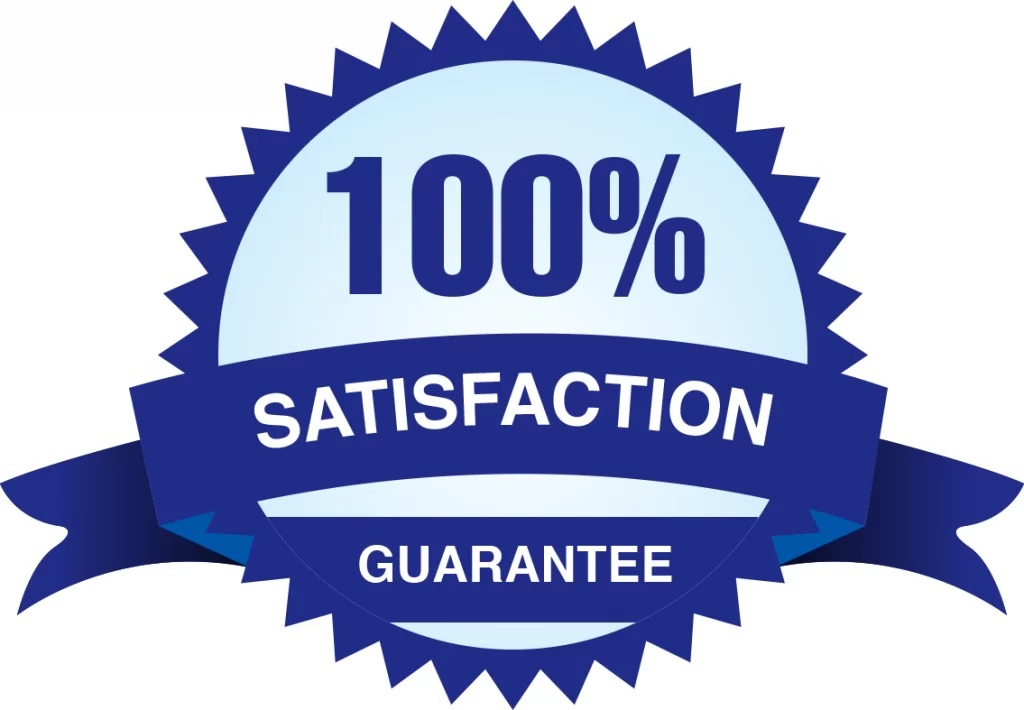

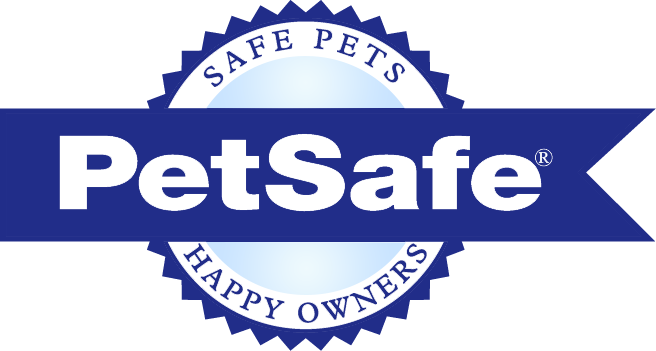
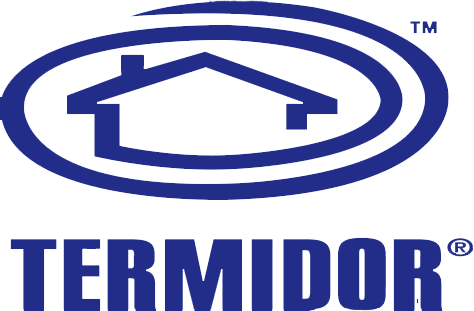

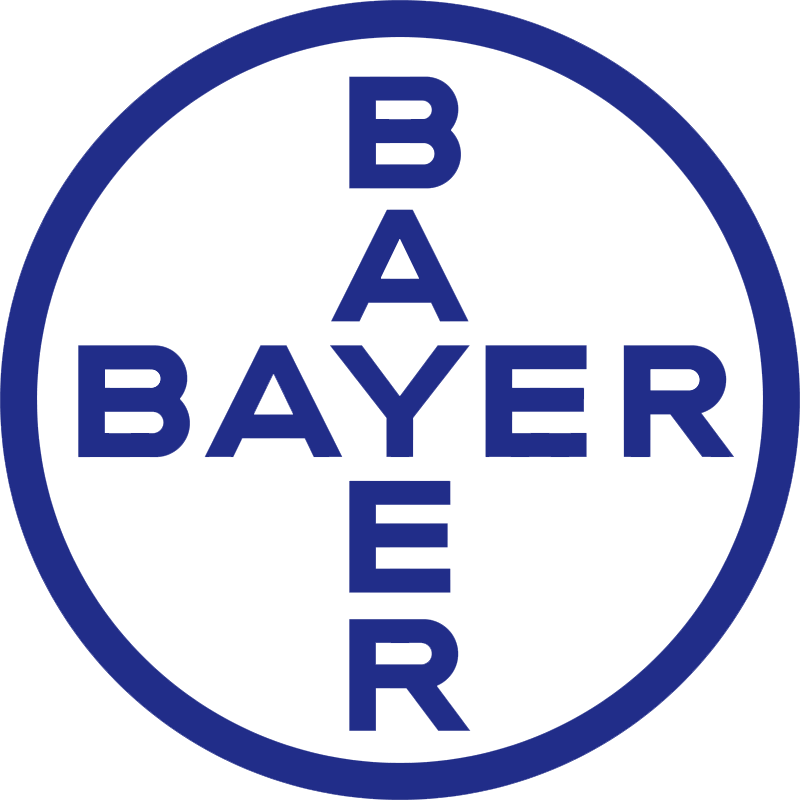
Pest Control Services
Why Choose Us

No Smell No Mess

100% Safe Cuaranteed Results

Experienced

Proof of Time & Location

Follow up checks with Every Services

All Year Round Protection
